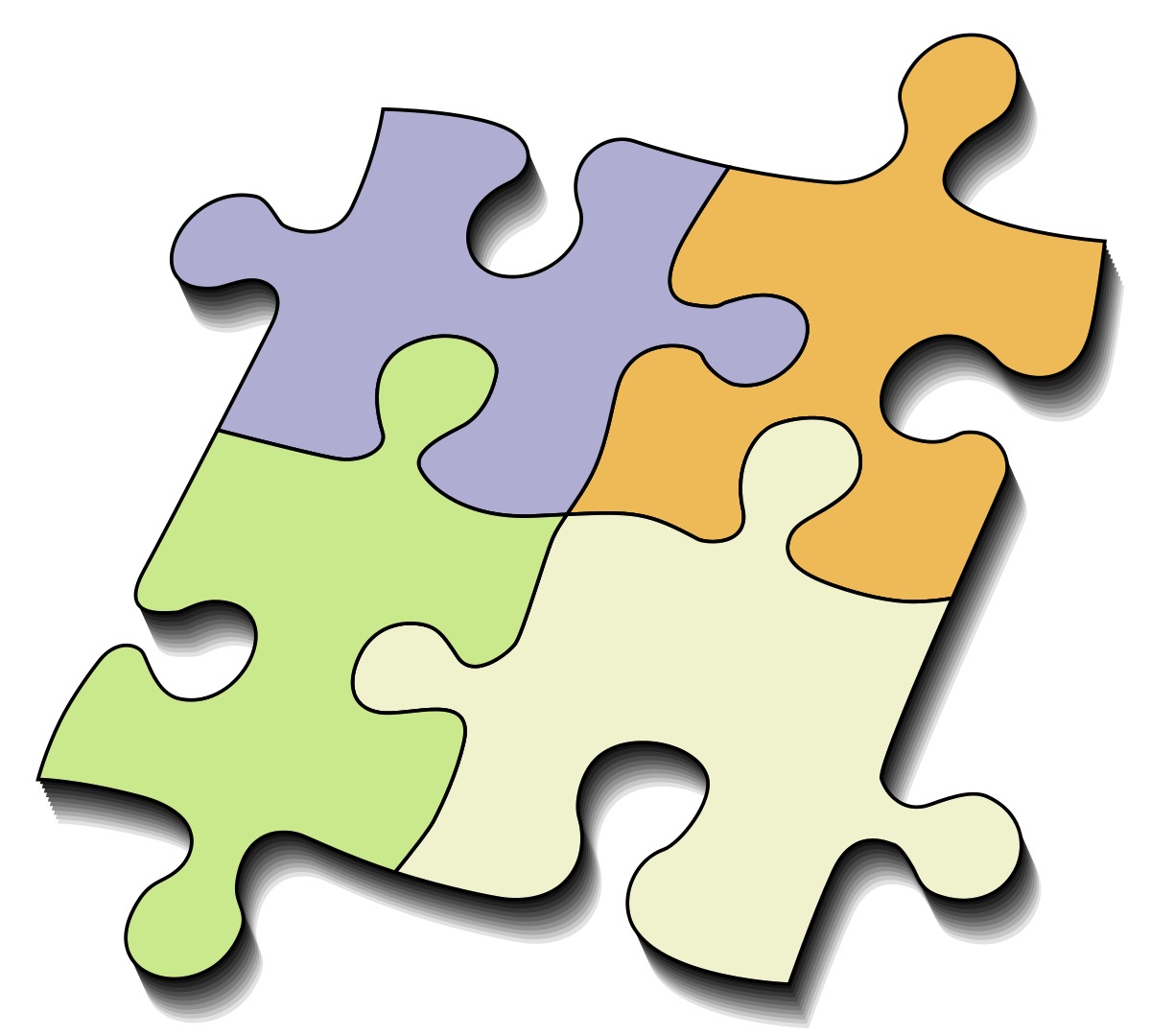
Those of you who know patents know that to be patentable an invention must not be obvious to a person who is knowledgeable in the field; that is, the invention must represent more than a trivial improvement over prior inventions.
Inventors, the USPTO and the courts struggle with whether inventions are or are not ‘obvious.’ In general, if all of the elements of a claimed invention are taught by two or more relevant items of prior art (patents, treatises, advertisements or other writings) and those two or more references should be combined to teach the invention, then the invention is obvious and unpatentable. The actual guiding principles enunciated by the courts are more complex than the above, but that’s the gist.
Let’s say the patent examiner has found two prior art patents in the same field as your invention that, when taken together, teach all of the elements of your invention. A knowledgeable person in your field would combine those prior art elements to reach your invention. Your invention must be obvious and unpatentable, right?
Not so fast.
We still have the ‘secondary evidence of non-obviousness’ to consider. These factors fall into the category of “if it was so obvious why hasn’t someone already come up with it?” Even if an invention appears obvious, the applicant may be able to demonstrate through evidence that the invention is actually not obvious.
There are several factors that the courts and USPTO will consider –
- evidence of long-felt but unmet need – If the invention solves a problem that others have tried unsuccessfully to solve for a long time, as evidenced by prior patents and applications for inventions addressed to the same problem, then the invention may be non-obvious.
- copying – Actual copying of the invention by competitors is evidence that the invention is not obvious.
- industry or expert praise – Has the invention received good press in the industry? How about praise from experts in the field? These are evidence that the invention is not obvious.
- sales and market share not attributable to advertising – If the merits of the invention, as opposed to a marketing campaign, result in substantial sales and market share, then that’s evidence that the invention is non-obvious.
- evidence of unexpected results – If a knowledgeable person in the field would expect a different result than that achieved by the inventor when combining elements of the prior art, then that is evidence that the invention is not obvious.
The USPTO must consider secondary evidence of non-obviousness, as reflected by Fox Factory, Inc. v. SRAM, LLC, 944 F.3d 1366, 1373 (Fed. Cir. 2019) and section 2145 of the Manual of Patent Examining Procedure.
This author has had success with secondary evidence of non-obviousness in two recent matters. In one, a roofing product, we proved actual copying by two competitors as demonstrated on the competitor’s websites after our client’s invention was displayed at trade shows and went on sale. The evidence of copying carried the day and the USPTO issued the patent.
In the second, a sporting goods product, we demonstrated geometric sales growth of the product with an advertising budget of zero, substantial penetration of narrow markets (specific professional sports teams), unpaid testimonials from multiple experts (professional athletes), and substantial positive press (glowing product reviews and articles about professional athletes using the product in both the specialty sporting goods press and major newspapers). All were secondary evidence of non-obviousness. The secondary evidence convinced the patent examiners that the invention was not obvious and the USPTO issued the patent.
To answer our riddle – a patent examiner may initially determine that an invention is obvious, but the applicant may prove the invention is non-obvious based on secondary evidence.
Not every inventor can overcome an obviousness rejection based on secondary evidence of non-obviousness. Nonetheless, in the right situation, secondary evidence can be the difference between receiving a patent and not receiving a patent.
— Robert Yarbrough, Esq.

